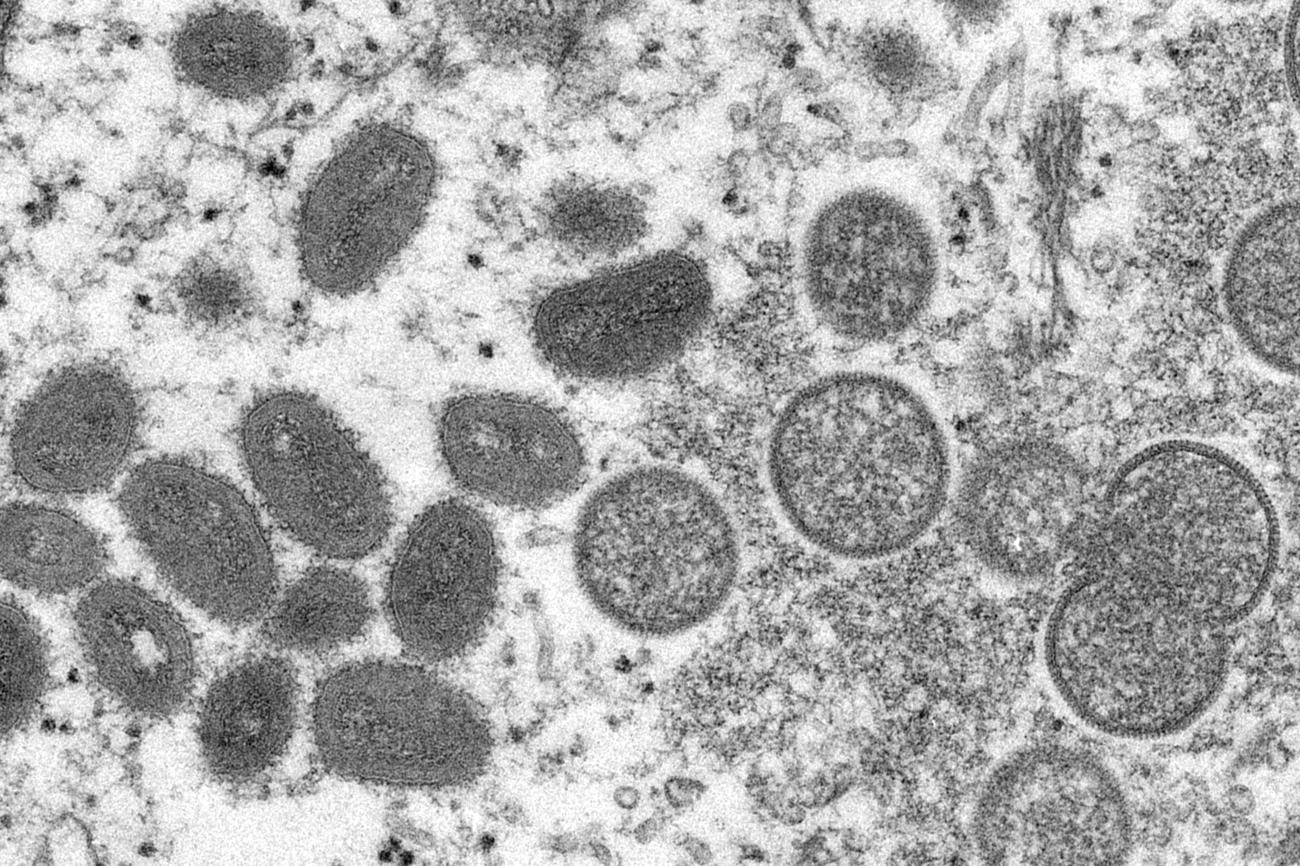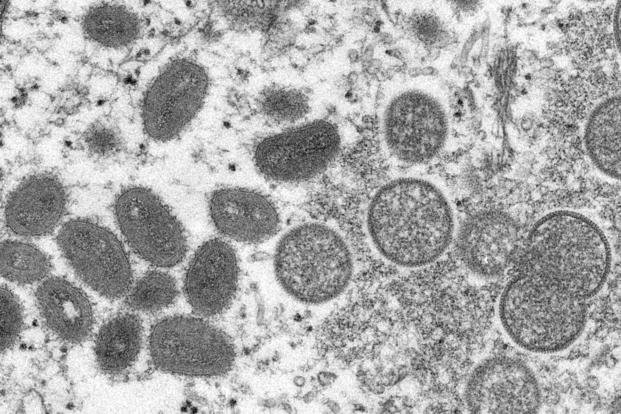

A U.S. service member in Stuttgart, Germany, was diagnosed with monkeypox last week, the first confirmed case of the virus among active-duty personnel.
In a statement released Monday, U.S. European Command spokesman Chuck Prichard said the service member was seen and treated at the Stuttgart Army Health Clinic and remains in isolation “recovering in their quarters” on base.
The individual’s age, rank, unit and military occupational specialty were not released.
Prichard had no information on where the service member may have contracted the illness, but he identified the virus as the “West African strain” — the version that appears to be causing an outbreak that has infected roughly 1,360 people worldwide in 31 countries where the disease is not endemic.
Read Next: Army Extending Assignments for Recruiters Involuntarily as Service Scrambles to Fill Ranks
No other cases have been reported among military personnel, civilian employees or family members in European Command, Prichard added.
The case is the second recorded in the U.S. military community: A non-active duty military health beneficiary was treated at Tripler Army Medical Center, Hawaii, the first week of June for monkeypox, also known as the orthopoxvirus.
Monkeypox spreads through close and prolonged contact with an infected person or animal and is transmitted through contact with bodily fluids; contact with the infectious sores, or pox; through large respiratory droplets, which may settle on items used by an infected patient; or during prolonged face-to-face contact with a patient, according to the Centers for Disease Control and Prevention.
Symptoms include flu-like illness; swollen lymph nodes; and a rash or sores, often on hands, feet, chest, face or genitals. But CDC Director Rochelle Walensky said Friday during a press briefing that, in many of the new cases, the only symptoms are a rash or tiny bumps on the skin — specifically, in the genital or anal regions.
“The rash doesn’t always extend beyond the initial sites, or it extends to only a few sites versus around most areas of the body. The rash that develops may look like chickenpox or a sexually transmitted infection,” Walensky said.
The current outbreak began May 6 in London and remains concentrated in the United Kingdom and Europe, which account for 87% of global cases. As of June 8, the U.S. has had 45 confirmed cases.
No deaths have occurred worldwide as a result of the virus. Of the virus variants, West African strain is thought to have a lower fatality rate — less than 3% — than another strain endemic in the Congo Basin, with a case fatality ratio of up to 10%.
Prichard said the risk of transmission to the overall population is low, but public health officials are conducting contact tracing on clinic staff who processed or treated the patient.
The CDC recommends that anyone who develops an unusual rash or lesions contact a health care provider, even if they don’t believe they have been in contact with a suspected case.
— Patricia Kime can be reached at [email protected]. Follow her on Twitter @patriciakime.
Related: US Soldier in Korea Has Active-Duty Military’s First Case of Coronavirus
© Copyright 2022 Military.com. All rights reserved. This material may not be published, broadcast, rewritten or redistributed.
